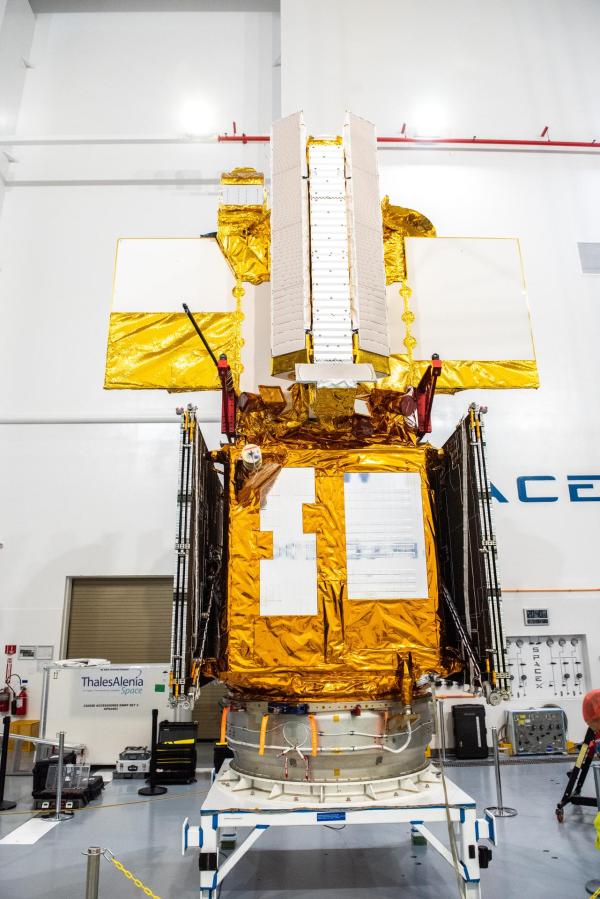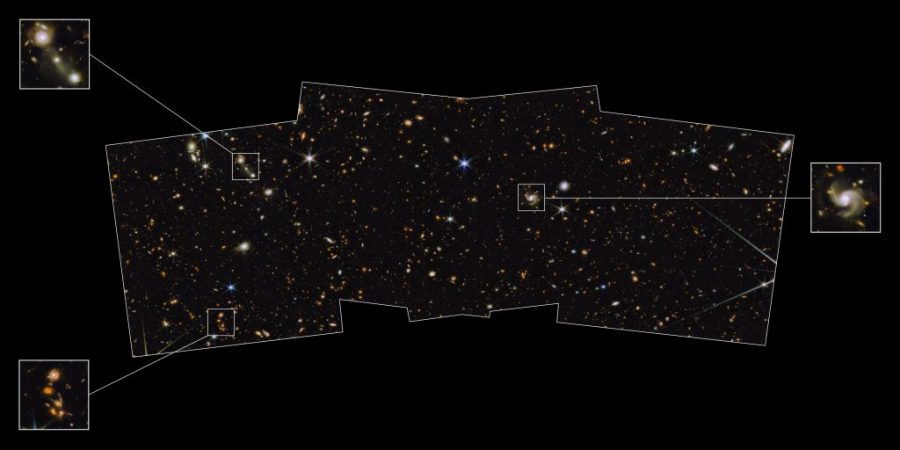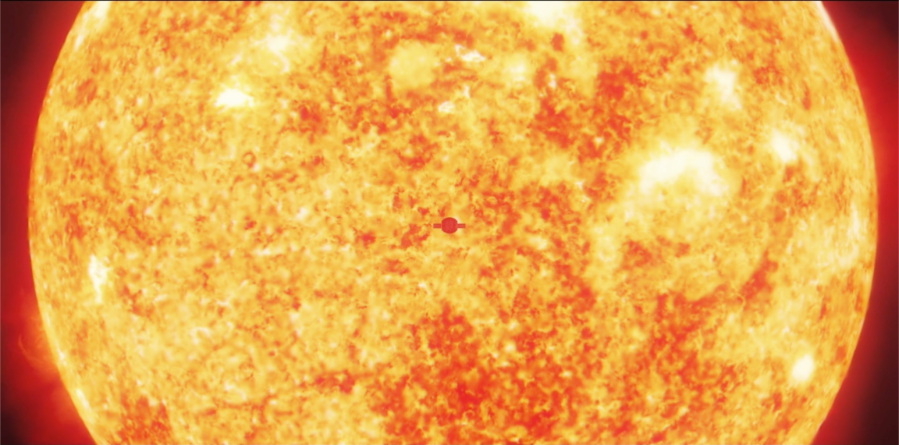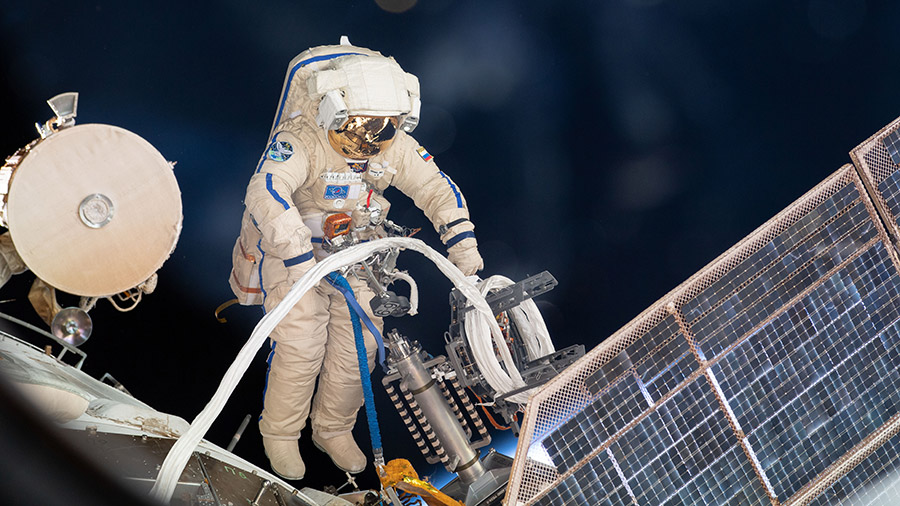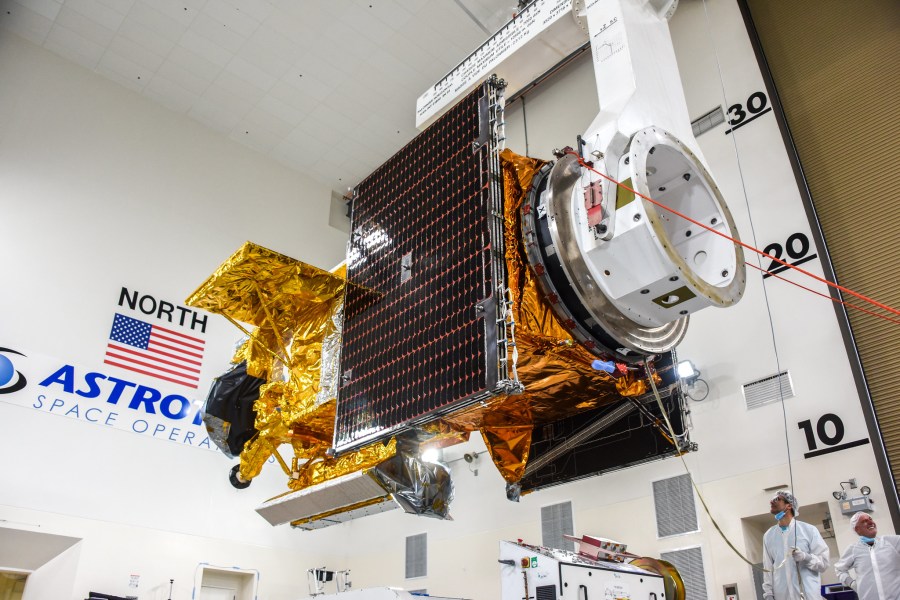Payloads: JEM Water Recovery System (JWRS): The JWRS Gas Trap Module B and T-union were reconnected. The JWRS Valve Module SV-7 was reinstalled and the JWRS Bypass Line tube tip was cut as part of JWRS troubleshooting. The demonstration of JWRS generates potable water from urine. In the past, urine and wastewater were collected and …

























